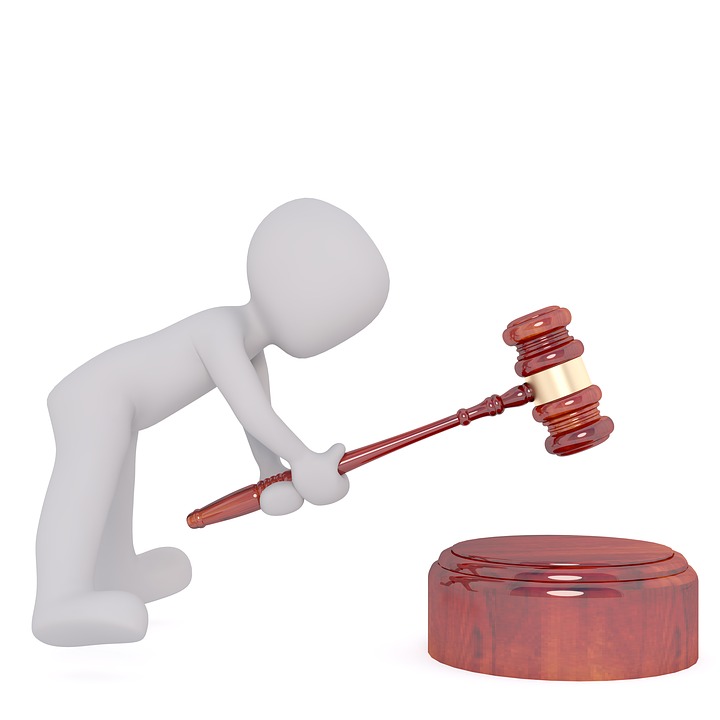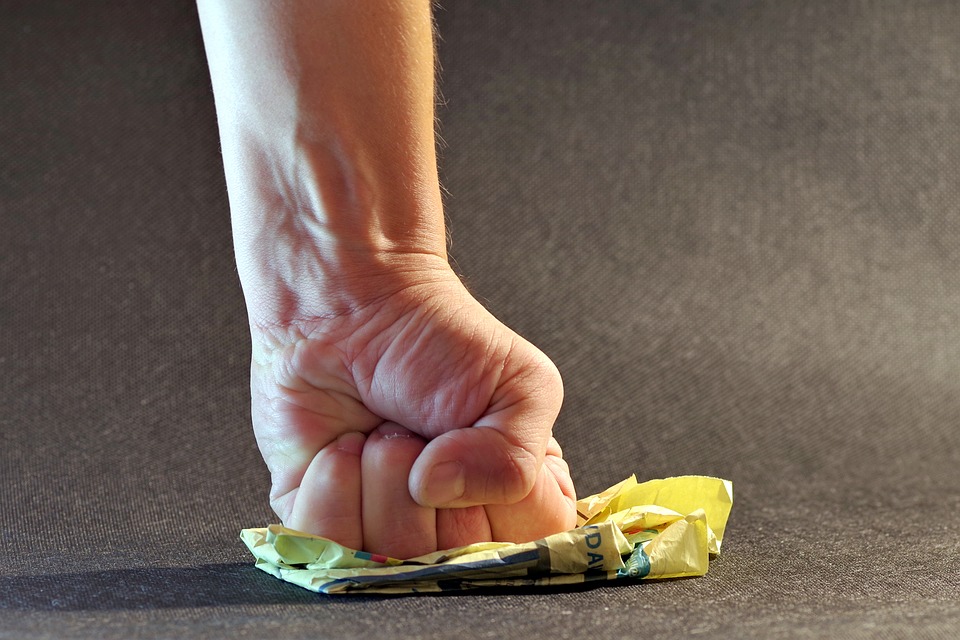Everything you need to know about property auctions

There’s never been a better time to go to auctions. In today’s cash – strapped world, more and more people are forced to auction off their properties. This gives you the opportunity to save and make money in the process. One smart money making idea.
There are more than 600 property auctions every year, conducted by 14 auction houses offering well over 17,000 properties in South Africa. This means you can buy excellent properties at major discounts.
But if the thought of actually bidding at an auction seems a bit overwhelming for you.
Don’t worry… Today I’ll also show you step-by-step how to successfully bid at an auction and bag some fantastic bargains to fast-track your dreams of becoming a millionaire…
Before I do this, let’s look at how you can snap up property at significant discounts…
The trick to getting a 30% discount
When homeowners can’t make their bond repayments, lenders repossess the properties.
They then sell them off these repossessed properties at well below market value because lenders just want to recoup their bond advances and not achieve the highest selling prices. So, if the bond is only 50% of the market value the lender will be willing to let the property go for way less than what it’s worth.
The nice thing about this is, lenders who’ve repossessed properties are helping you buy discounted properties.
But they want to do it as quickly as possible!
You see, if the property’s left unoccupied for too long, vandals and squatters move in and the lender might find it harder to get their money back or even sell it at all. On top of this, they don’t want their money tied up any longer than it needs to be.
So these lenders quickly bundle up all the properties they’ve repossessed and put them up for sale at their nearest local auction house. And all you need to do to get these discounts is know where to look…
4 things to do before the bidding starts
1. View the catalogue and get a head start: Auction houses generally release their auction properties before the auction. So, if you’re interested in bidding on a property – Get your hands on a copy of their property catalogue and mark the ones you’re interested in.
2. Attend the preview and buy some time: Since most lots sell in about 30 seconds, it’s important to attend the preview and give yourself plenty of time to properly assess the property. Check the property for damage and signs of restoration. Look at it from every angle. Any irregularity can seriously hamper the feasibility of buying the place as an investment.
Once you buy it, it’s yours. So make sure you like it and that there is no major structural damage.
3. Set a maximum price: With all the hype of auction day, it’s easy to get carried away by the thrill of the chase. That’s why you need to set a maximum bid before the day. So go online and do some research. Check how much properties of a similar nature cost.
4. Pre-register: Don’t forget to pre-register for the auction with the accounts department. To do so, you’ll need to give them your name, address and, in some cases, your bank account details. They, in turn, will give you your paddle or bidder number.
By pre-registering you’ll not only be able to walk straight into the auction on auction day (a useful thing if you’re running late), but you’ll also get a lower bidder number. If there’s a tying bid on the day, the auction house will use the lowest bidder number to break the tie.
What to do on the day of the auction
When a lot you’re interested in is called, the auctioneer will ask for an initial bid – Usually at the predetermined opening bid price you’ll find in the catalogue. If you’re a novice, don’t open the bid. You don’t want “phantom” buyers to chase the price up because they can tell you’re overeager.
Once the opening bid’s been placed, bidding will move in standard increments – If the auctioneer can’t get a bid for the initial price don’t panic. In this case, the auctioneer will drop the asking price by about a third to drum up interest.
To raise your bid by the allotted 10%, simply lift your paddle and make eye contact with the auctioneer or one of his assistants. If, on the other hand, you want to raise the bid by an increment different from the standard raise – say up the price by 5% – then you’ll raise your paddle and call out your bid.
As the bidding winds down, the auctioneer will ask for a final bid
Once sold, the auctioneer will close the bidding and acknowledge the sale by calling out the bidder’s number and adding a description so you know if you’ve won the property or not. You then need to go to the accounts department after the auction and settle your bill.
Good luck buying your next property on auction… It’s a smart money making idea.



